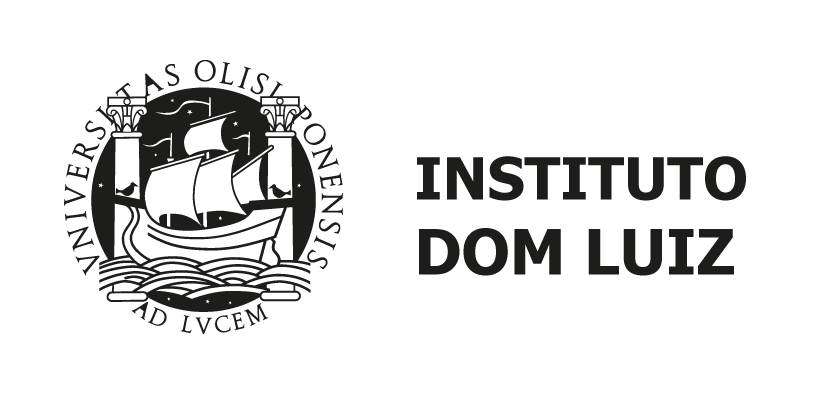40 Years of the Earthquake of January 1, 1980 - Survey to the population
The Instituto Português do Mar e da Atmosfera (IPMA), the Instituto Superior Técnico, the Faculdade de Ciências da Universidade de Lisboa, and the Instituto Dom Luiz (IDL) are promoting a national macroseismic survey on the occasion of the 40th anniversary of the earthquake of 1st January 1980. This earthquake occurred at 16h42m (UTC) with a magnitude of 6.9, having the epicenter located in the sea between the islands of Terceira and S. Jorge and an estimated focal depth of 10km, and was felt in all the islands of the Azores archipelago, with the exception of Flores and Corvo.
The earthquake caused great damage on the islands of Terceira, S. Jorge and Graciosa, a few dozen deaths (61), hundreds of injured (300) and thousands of displaced people, with more than 15,000 homes being damaged or even completely destroyed. With its epicenter located in the sea, this earthquake caused a small tsunami, registered in the tide gauges of Angra do Heroísmo and Horta with amplitudes of 28 cm and 5 cm respectively.
Even after this earthquake, Angra preserved most of its monumental heritage and a homogeneous urban complex, so in 1983 UNESCO (the United Nations body for education and culture) agreed to integrate the historic center of Angra do Heroísmo in its list of sites classified as World Heritage.
The earthquake occurred at a time when seismic instrumentation was not yet sufficiently developed, and so it is essential to complement the few instrumental records of that time with the testimonies of the affected population. Currently, communication technologies allow for a much wider collection of data than was possible at that time, so it is now the right time to conduct a macroseismic survey on the effects of this very important earthquake.
The survey can be accessed here.

